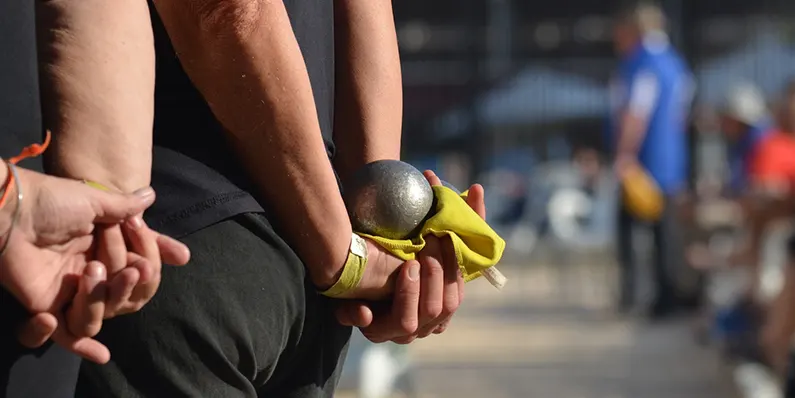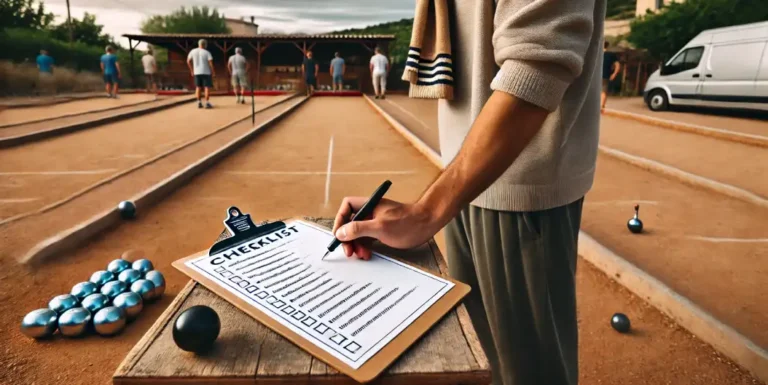How much does a pétanque ball weigh?
Petanque is a game of precision and strategy that has gained popularity in Spain and around the world.
Its charm lies in its apparent simplicity: throwing metal balls trying to get them as close as possible to a small bowl called a "cochonet".
However, one of the most important issues for players, both amateur and professional, is the weight of the pétanque ballsIt directly influences the technique, control and strategy of the game.
Over the years, organising petanque tournaments in Spain, I have been able to observe how choosing the right weight makes a difference to players' performance.
In this guide I will explain everything you need to know about ball weights, how to choose the right ball weight for your level and other key factors.
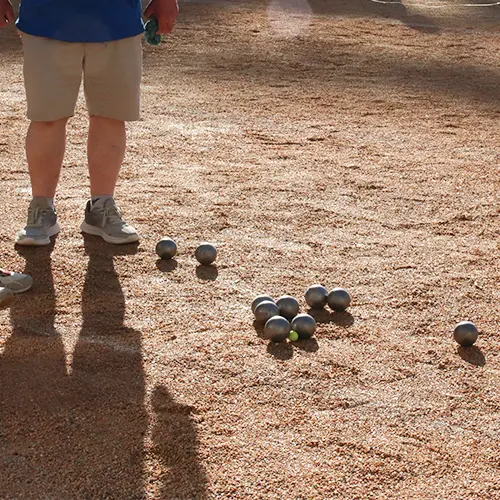

How much does a pétanque ball weigh according to the regulations?
For official competitions, the Fédération Internationale de Petanque et de Jeu Provençal (FIPJP) establishes strict requirements on the weight and dimensions of pétanque balls.
According to regulations:
In my events, I have had players ask if they can use lighter balls, but the rules are clear: for official tournaments, any ball that does not meet these parameters will be disqualified.
For recreational players, there are options outside this regulation that can be lighter, making them easier to handle.
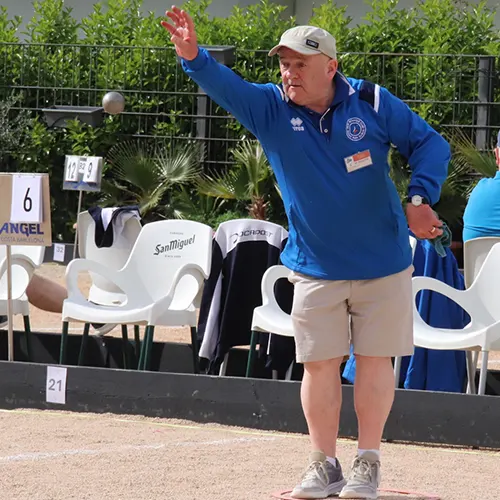

Weight differences in pétanque balls
The weight of the pétanque ball not only affects the comfort of the player, but also the influences its accuracy and control. There are two broad categories of balls according to weight:
Competition pétanque balls
They are those that comply with FIPJP regulations. Experienced players tend to opt for the heavier weights (around 800 g). because:
Recreational boules
The lighter balls, weighing less than 650 g, are ideal for:
My experience organising tournaments
In many local tournaments I have organised, I usually recommend players to try different weights before making a decision.The type of terrain also plays a role.
On soft surfaces such as sand, a heavier weight is advantageous; on hard ground, however, a lighter ball may slide better.
How to choose the ideal weight of the pétanque ball
Choosing the right weight depends on several factors. These are the criteria I recommend to evaluate:
Level of experience
⦁ Beginners: 650 to 700 g balls.
⦁ Intermediate players: between 700 and 750 g.
⦁ Experts: preferably 750 to 800 g for greater precision.
Style of play
⦁ If you prefer to aim accurately, lighter balls can help.
⦁ If your strategy is based on displacing your opponents' balls, heavy balls are your best option.
Type of terrain
⦁ Hard terrain: average weight.
⦁ Soft ground: heavier balls to avoid unexpected bounces.
Physical capacity of the player: It is important to choose a weight at which you can play comfortably for long periods of time without excessive fatigue.
Popular brands and weights available
There are several well-known brands on the market that manufacture quality pétanque balls in different weights. Some of the most prominent ones are:
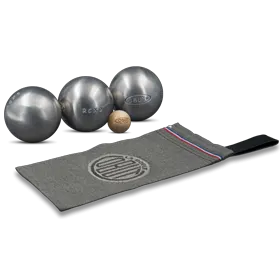

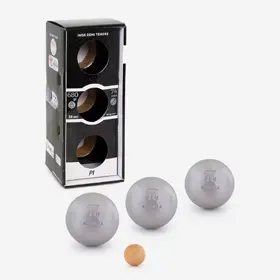

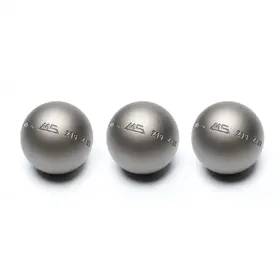

In tournaments I have organised, most experienced players opt for Obut, while beginners prefer Decathlon for its accessibility and variety of models.
Spanish tournament regulations on ball weights
In Spain, petanque tournaments follow the regulations of the FEP (Spanish Petanque Federation), which in turn adopts the international regulations of the FIPJP.
Key rules in national competitions:
In my experience of organising tournaments, a crucial aspect is to make sure that all players have approved balls before the games start.
I have witnessed cases where players have been disqualified for using balls outside the regulation parameters.
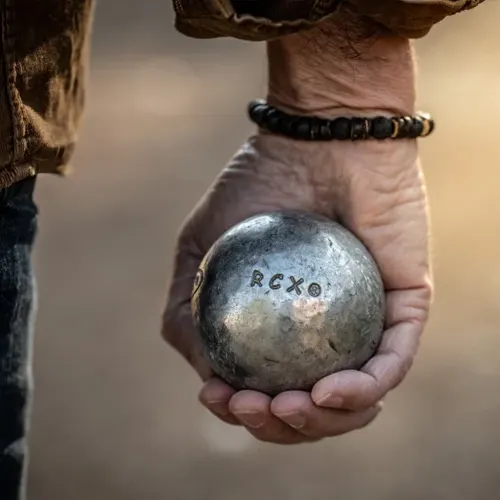

Frequently asked questions about the weight of pétanque balls
Can I play with a lighter or heavier ball than allowed?
For official competitions, no, as there are strict controls. For recreational games, you can choose the weight you are most comfortable with.
Does the material of the ball influence its weight?
Yes, stainless steel balls tend to be lighter than carbon steel balls, which are heavier and stronger.
Which ball is recommended for children or beginners?
A ball of approximately 650g is recommended for ease of handling without compromising the playing experience.
Conclusion
The weight of the pétanque ball is a key factor in improving accuracy, control and strategy in the game. Whether you are a recreational player or an official tournament player, choosing the right weight can make a big difference.
From my experience organising tournaments in Spain, I always recommend trying out different weights before choosing the final weight.taking into account playing style, terrain and personal comfort.
With a good choice of ball and constant practice, you will be able to enjoy pétanque more effectively and have more fun.
Good luck in your next games!
